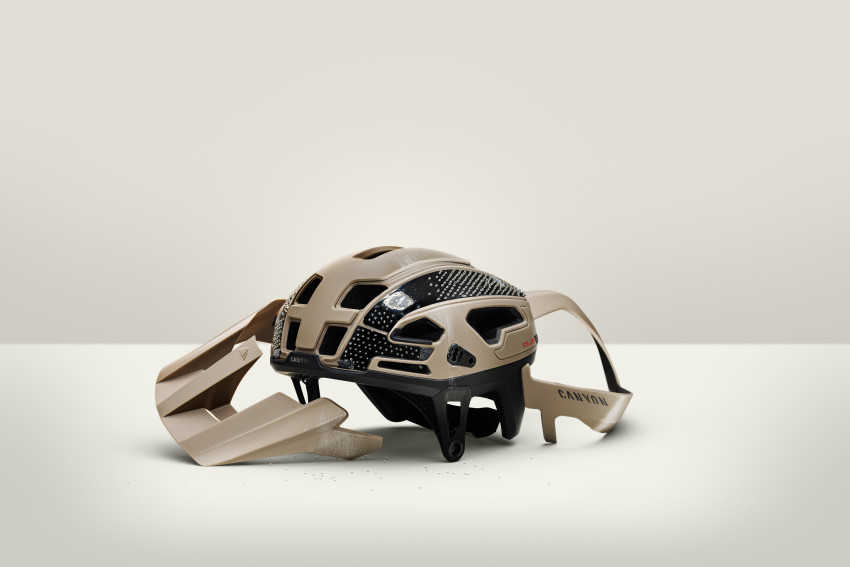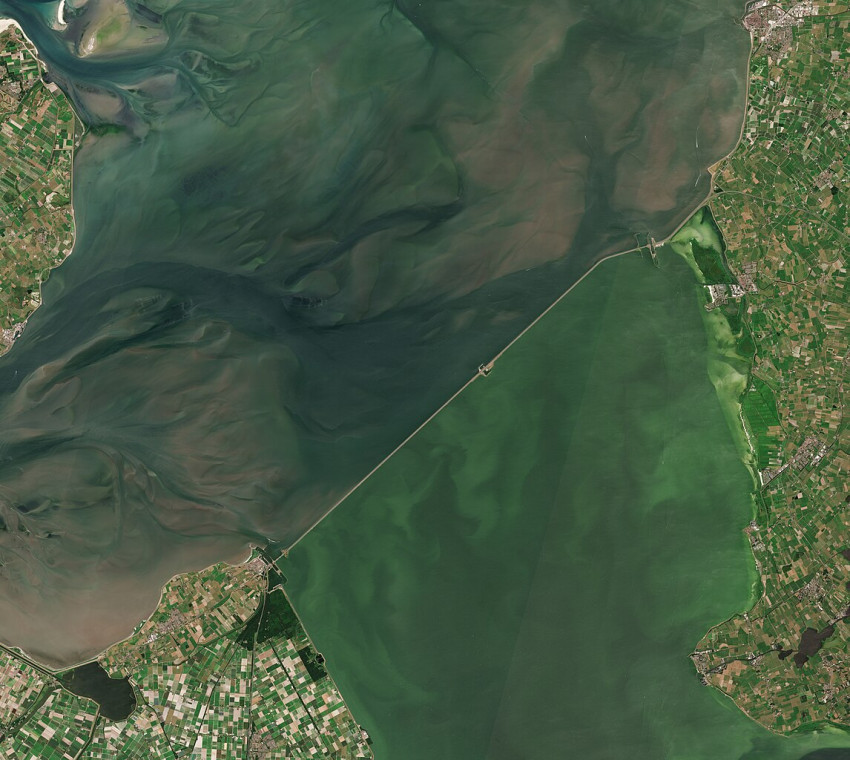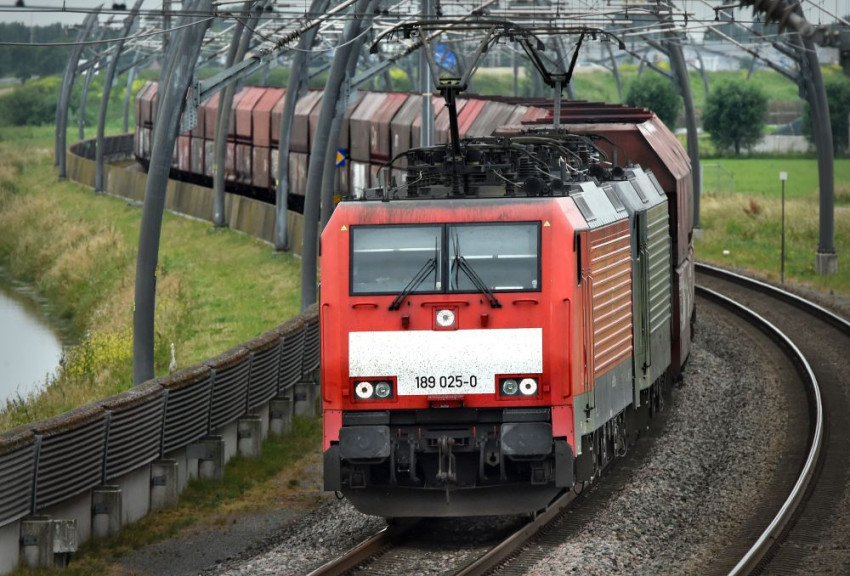
Test of automatic driving on Betuwelijn rail route
Rail company Alstom is starting a trial this year with automatic driving of a goods train on the Betuwelijn route. The train driver is still present in the cab to check that everything is going well and to intervene if necessary.
Automatic train driving is no longer unique, but is particularly unusual on the Betuwelijn route. ‘With a test route of 100 km, it is one of the longest ever tried. What's more, we'll be using different safety systems’, says Director Alwin van Meeteren of the Alstom office in Utrecht.
The train driver still plays a role in checking the goods train before it drives on the Betuwelijn route, and when starting the Automatic Train Controls. That system takes over control of the train until the train driver decides otherwise.
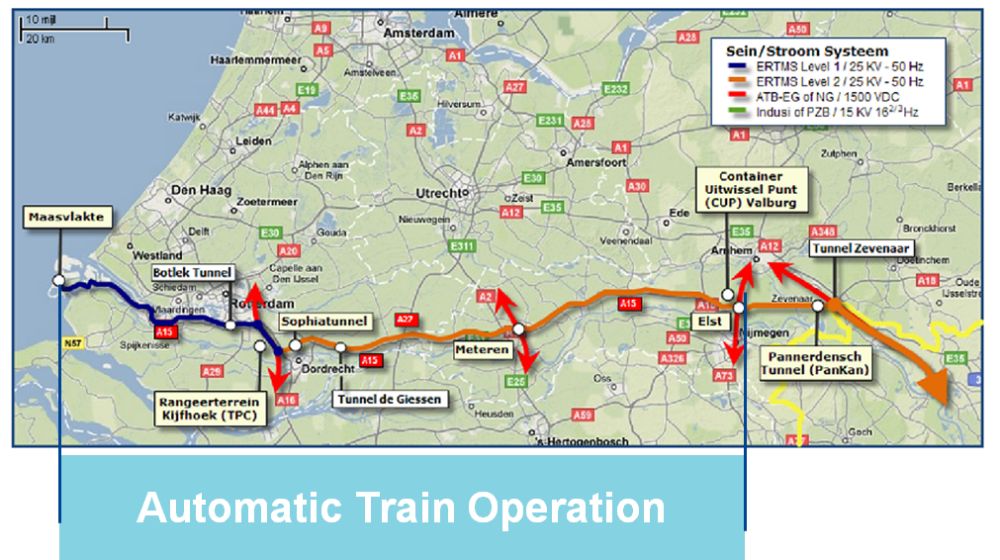
Different safety systems
The automatic driving trial starts from the track at the Port of Rotterdam and then travels along a large section of the Betuwelijn route. Both use modern train safety system ERTMS (European Rail Traffic Management System), but at a different level. In the Port of Rotterdam, they work with the more traditional signs and markers on the track, the so-called ERTMS-1. Once on the Betuwelijn though, the train transmits its location and receives a recommended speed (ERTMS-2). Van Meeteren: ‘One key part of the trial is whether the automatic system is able to safely negotiate the transition between the two systems.’
The Valburg marshalling yard (between Arnhem and Nijmegen) is also involved in the trial. ‘We want to test how the automatic system works together with marshalling commands from the traffic management hub.’ Alstom is installing an extra server at the site that contains data on bends and gradients at the marshalling yard.
Lower energy consumption
The locomotive used will contain an extra screen that shows the information from the Automatic Train Control System, so that the train driver knows what the system is planning. There will also be hardware that provides the automatic system with information about the freight that is to be coupled to the train, so that the system knows how long the train is and the weight to be pulled.
Aside from the effectiveness of the system, one of the promises is that automatic controls will lead to lower energy consumption. ‘And that's especially the case when accelerating and decelerating.’ The trial's participants also want to learn how the train driver experiences the automatic system.
The trial, which starts this year, is carried out by Alstom in collaboration with the manager of the Betuwelijn route Prorail and locomotive owner Rotterdam Rail Feeding.
Opening photo: The Betuwelijn route. Photo Marcel van den Bergh/Hollandse Hoogte.
If you found this article interesting, subscribe for free to our weekly newsletter!
Meer artikelen

Een AI-fabriek in Groningen
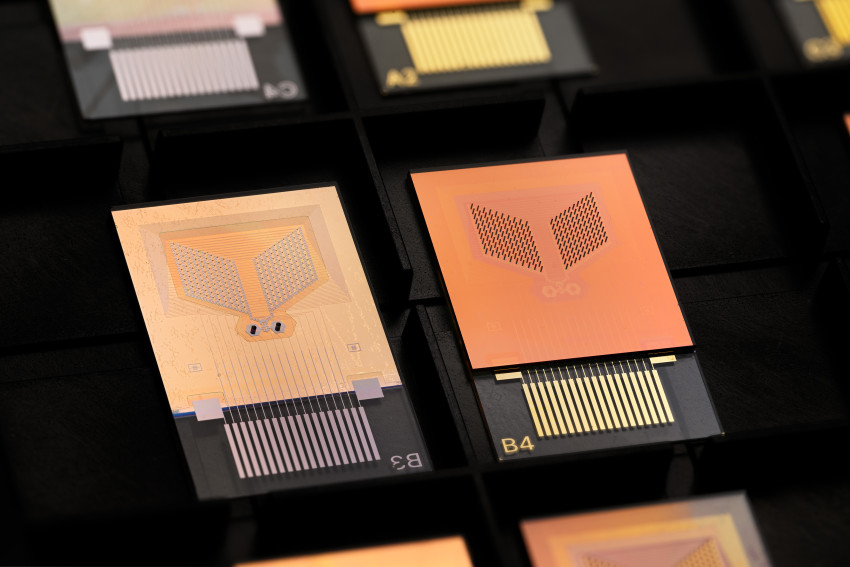
Gezondheid meten via zweetdruppels
Nieuwste artikelen

Een AI-fabriek in Groningen



